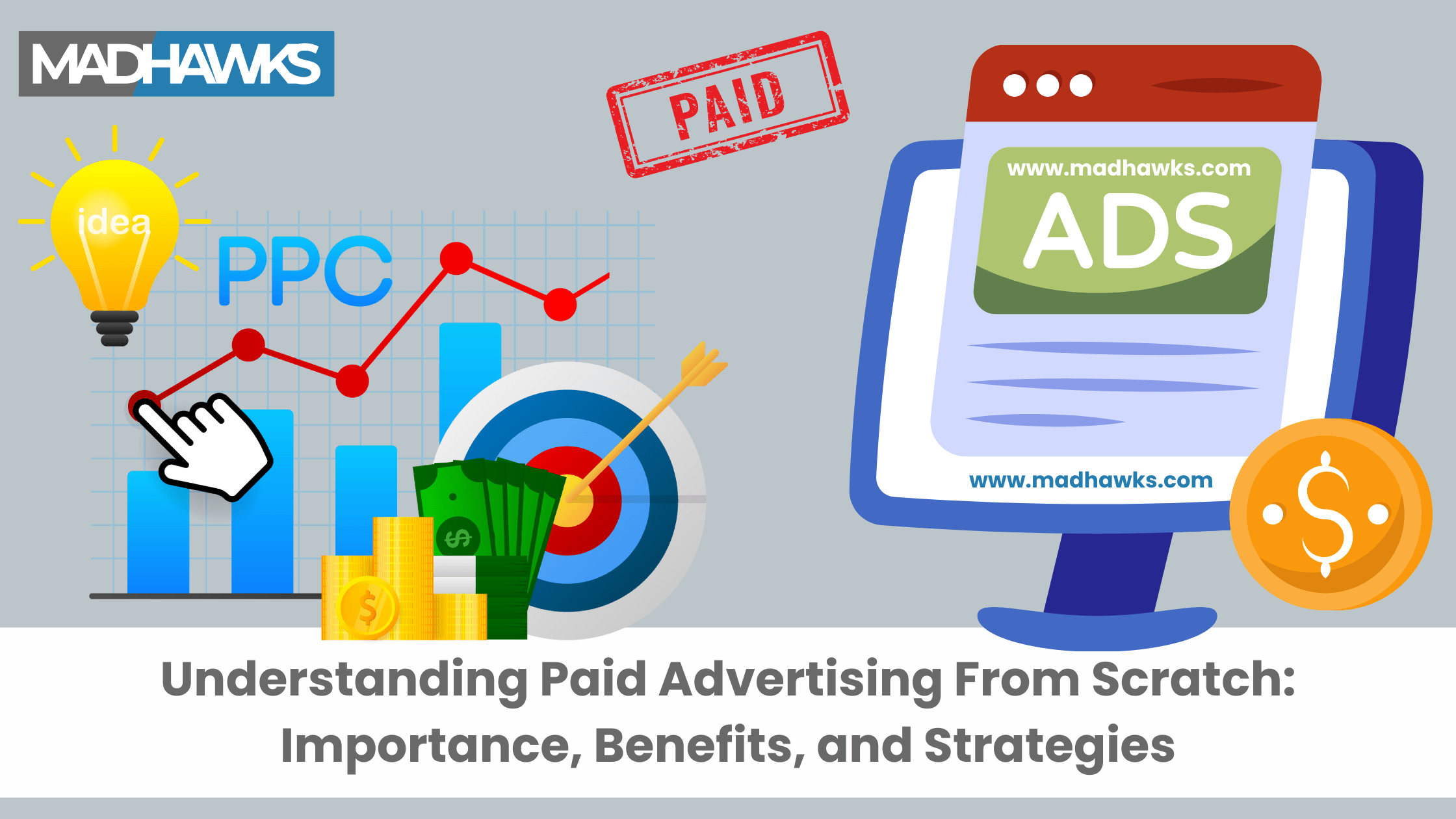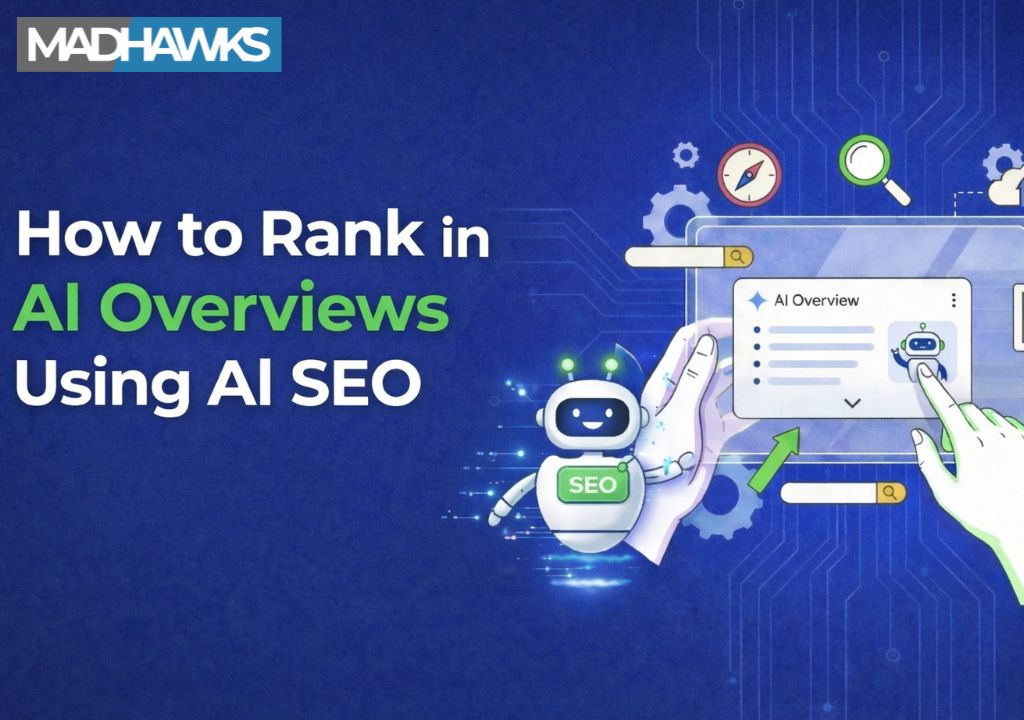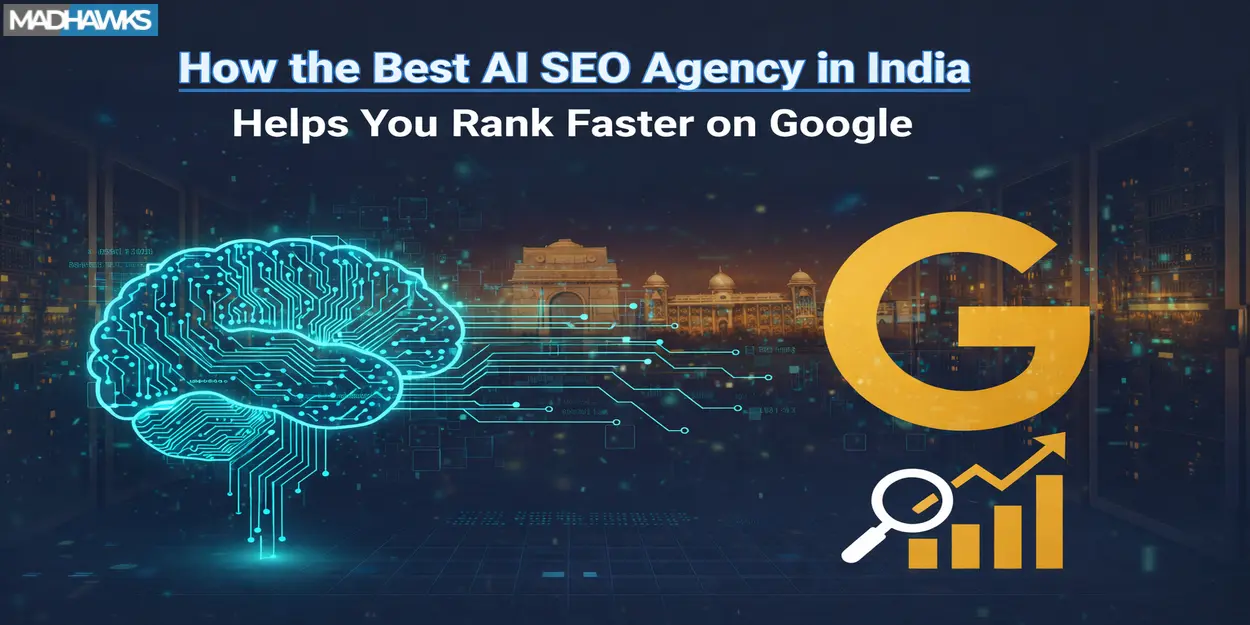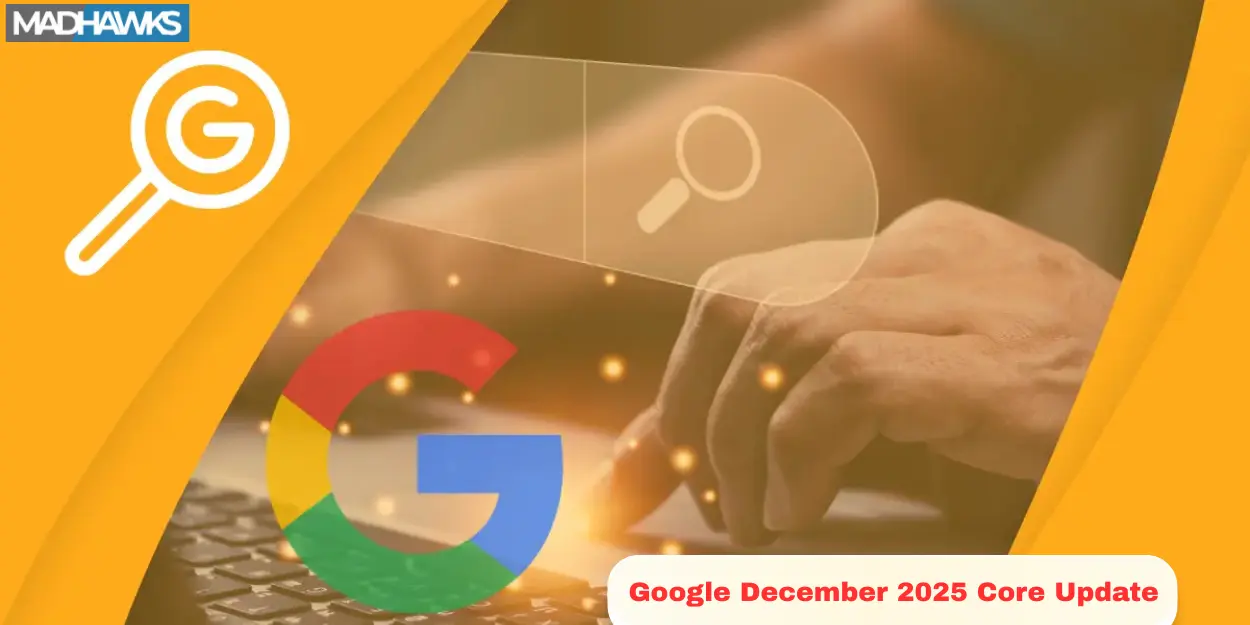Paid advertising is one of the important subsets of digital marketing. When you are looking for instant results, nothing can be better than well-planned paid campaigns. Let us dive deeper into the world of paid advertising through this blog!
What is the best way to make the world know about your brand? It’s digital marketing, which includes SEO, SMM, PPC, and various other subsets. However, when it comes to the fastest way to build your online presence, nothing beats paid advertising. You just have to pay to show up to your target audiences. And the amount you spend on paid advertising is totally worth it if you are following the right approach. There are various ad platforms including search engines, social media platforms, etc. By identifying the right platforms and targeting the right audience, you can achieve your business goals much faster. Let us understand in detail what paid advertising is and how you can make an effective strategy to make it work for your business:
What is Paid Advertising?
Paid advertising, also known as paid media marketing or PPC (Pay-Per-Click) marketing, is a subset of digital marketing. It focuses on generating leads by directly targeting consumers based on their interests or preferences. Using paid ads for generating leads can be a very effective strategy as advertisers can segment their audience based on their interests and display the most relevant ads to each segment of potential customers.
Paid advertising can be further divided into different categories, the major ones being search engine marketing and social media marketing. Running paid ads on search engines is a part of search engine marketing and running paid ads on social media platforms is a part of social media marketing. You can even run ads on other websites, which is known as display advertising or sponsored posts. Paid marketing can be done on various platforms, including Google Ads, Bing Ads, Facebook Ads, Pinterest Ads, and many more.
Types of Paid Ads
Based on different platforms where paid ads can be displayed and the way they are shown, paid advertising can be divided into the following types:
- Search Ads: These are the ads that you see on SERPs (Search Engine Result Pages). They usually appear before the organic search results. Advertisers have to pay for every click they get on their ad and this is why it is one of the most widely used types of paid advertising. You only have to pay when you get a click. These ads only contain text and not images or videos.
- Display Ads: Display ads are generally used to promote a specific product or a range of products. They appear in the form of images or videos along with the text. These ads are displayed on different websites that the target audience is highly likely to visit.
- Shopping Ads: These ads are most suitable for e-commerce businesses or resellers. Shopping ads appear just below the search bar whenever a user searches for a relevant product. They include information such as product description, image, price, etc.
- Remarketing Ads: Remarketing ads focus on encouraging previous website visitors to re-engage with your website. These are targeted at users who previously visited your website but didn’t convert. These ads majorly focus on products or services that the user has viewed in the past, reminding them to make a purchase.
- Social Ads: Ads displayed on different social media platforms like Facebook, Instagram, YouTube, X, LinkedIn, etc, come under social ads. They appear on the feeds of social media users across different platforms. These ads are beneficial for brands that are looking to grow their online presence and redirect users to their websites.
Importance of Paid Advertising in Digital Marketing
The most significant importance of paid advertising lies in its ability to generate instant results. While other marketing tactics like SEO, SMM, etc, drive organic traffic, these strategies take time. But businesses cannot always wait for three to six months to drive sales. This is where paid advertising comes into play. Although it’s true that paid advertising is costlier compared to SEO, the amount you pay is totally worth it as you only pay when you get a click.
This is why paid advertising is also referred to as pay-per-click advertising. This can be especially beneficial for e-commerce businesses as their primary goal is to drive more leads and sales. Paid advertising can help drive more leads, increase conversion rates, and also improve brand awareness at the same time.
Benefits of Paid Media Marketing
Some of the most significant benefits of paid search advertising are as follows:
1. Organic Reach is Extremely Low on Social Media
As per a study, only one in 19 fans sees non-promoted content from a brand. This is why paid ads play a crucial role in social media marketing. If you want to really stand out through social media marketing, doing it organically would be highly challenging. You should instead opt for paid campaigns. The recent influencer marketing campaign run by Polar Bear in partnership with MadHawks is a perfect example of how a well-planned social media plan can generate millions of reach and result in big success for a brand. Your social media marketing should be a mix of paid campaigns and organic strategy to drive the maximum desired results.
2. Paid Ads are Cost-Effective
The cost of paid ad campaigns totally depends on the type of ads you run and the audience you want to target. You can target a very specific audience and track your spending with paid advertising. It also allows you to set a budget limit on your ad spend in order to avoid overspending. You can choose the paid advertising model as per your objective. If your goal is to generate leads, you can opt for PPC (pay-per-click) and if your goal is to boost brand awareness, you can opt for CPM (cost per 1,000 impressions).
3. Paid Ad Campaigns are Measurable
Advertisers can easily track and analyze the performance of their paid ad campaigns to decide whether to proceed further with that campaign or not. You can set daily as well as total budgets for paid campaigns on different platforms and measure their results before proceeding further with them.
4. Allow You To Target More Specific Audiences
While creating ad campaigns across different platforms, you can target a specific set of audiences based on their demographics, interests, and other factors. You just need to ensure that you understand your target audience very well and define them properly while creating an ad campaign. A properly targeted campaign helps you ensure that your ad reaches the right audience that is most likely to click and convert.
5. Easier Way to Gain Visibility in Search Engines
Unlike search engine optimization, which can take up to three to six months to drive results, paid advertising drives instant results. It takes time and much more effort to organically rank on search engines. But with paid search advertising, you can make your web pages appear on the top of search engine result pages as soon as you publish the ads. Just make sure that you target the right keywords to appear for relevant queries. While SEO is crucial to establish a website’s authoritativeness and trustworthiness, you can use paid ads to rank now while you build your organic rankings.
Paid Advertising Strategies for Businesses in 2024
In order to make the most out of paid advertising, you need to work with a strategic approach that aligns with your business objectives. Here are a few advertising tips on how you can build an effective paid campaign strategy in 2024:
1. Set a Goal
The first step in any strategy is to identify your goal and the same goes for a paid advertising strategy as well. Your goals should be SMART (Specific, Measurable, Achievable, Relevant, and Time-Bound). Setting specific goals is essential to build an effective paid marketing campaign that works for your business. Think of what you want to achieve and choose a paid advertising model accordingly. If you have multiple objectives, you can plan a strategy that involves more than one advertising model.
2. Choose The Right Audience
Once you are clear about your goals, the next step is to identify your target audience. You can use relevant keywords or phrases to target the right audience. Looking at the audiences of your competitors also helps you get an idea of your target audience and find similar audiences. You can also create a lookalike audience that is similar to your existing customers or leads.
3. Identify the Right Platforms To Run Ads
Identifying the right platforms to run your paid advertising campaigns is essential to ensure that you don’t end up breaking the bank. You can find your target audience on multiple platforms, but identifying the most high-potential platforms is crucial to building a powerful advertising strategy. You can first test various platforms by setting a small budget for each platform. It will help you identify which platform works the best for your campaigns and proceed further accordingly.
4. Write Catchy Copies and Use Engaging Creatives
The ad copy (the text of your ad) should be catchy enough to attract the attention of consumers who are most likely to buy from you. Combining it with engaging images or videos makes your ad even more interesting. Make sure that the message directly aligns with the interests of your audience. You can even try different ad copies, creatives, and their combinations until you find out which one works the best.
5. Use Long Tail Keywords and Branded Keywords
Short keywords can be highly competitive and hence difficult to rank for. On the other hand, long-tail keywords are less competitive and allow you to target more specific queries. They are easier to rank for in search results and hence, you will have to pay less for each click you get. Brand keywords also create a great opportunity to target consumers who are interested in your products. The clicks you get through long-tail keywords or branded keywords are highly likely to convert as these keywords are very specific.
Paid Advertising Tips from MadHawks’ PPC Experts
In order to make your paid advertising strategy work, you have to ensure that you target the right audiences and choose the right platforms to run your ad campaigns. Instead of spending a huge amount in the beginning, our experts recommend testing different platforms with a small budget to identify which platforms work the best for your business and which type of ad attracts the maximum potential customers.
While building your organic rankings with search engine optimization, you can run paid ad campaigns to rank now. Just make sure to target the right keywords. Along with the highly competitive industry keywords, you should also focus on long-tail keywords that are more specific and can drive more relevant leads that are highly likely to convert. To build an effective paid advertising strategy that works for your business, contact MadHawks today!
FAQs
1. What are the main types of paid advertising?
Ans. Some common types of paid advertising include search ads, social ads, shopping ads, remarketing ads, and display ads.
2. How do shopping ads benefit e-commerce businesses?
Ans. Shopping ads appear just below the search bar and include every important information like the product image, description, price, brand, etc. By targeting the right keywords for shopping ads, e-commerce brands can make their products appear at the top of search results.
3. What is the purpose of remarketing ads?
Ans. The purpose of remarketing ads is to re-engage with past website visitors to remind them about the website and encourage them to make a purchase.
4. What are the key benefits of paid advertising?
Ans. Some key benefits of paid advertising are as follows:
- Provides an easier way to rank on search engines.
- Paid ads are cost-effective and measurable.
- Gaining visibility organically on social media is highly challenging, but paid advertising is an effective way to stand out.
- Paid advertising allows you to target more specific audiences.
5. Which metrics are crucial to track in paid advertising?
Ans. Some essential metrics to track in paid advertising include impressions, CTR (Click Through Rate), CPC (Cost Per Click), ROAS (Return on Ad Spends), CPA (Cost per Acquisition), and conversions.
6. Can small businesses benefit from paid advertising?
Ans. Yes, every business, whether small or large, can benefit from paid advertising. You just need to follow the right strategy and you can easily overrank your competitors.
7. How does paid advertising help in brand awareness?
Ans. To improve brand awareness, you can opt for a paid advertising model called CPM (cost per 1,000 impressions), where you can track the number of impressions on your ad.
8. What should be included in a paid advertising strategy?
Ans. Three crucial factors to include in your paid advertising strategy are:
- Specific goals
- The Right Audience
- The Right Platforms to run your ad campaigns
9. How can I set a budget for paid advertising?
Ans. Paid advertising platforms allow you to set daily as well as total budgets for your ad campaign. You can start by setting a small budget and if the campaign works well, you can slowly increase the budget.
10. What makes display ads different from search ads?
Ans. Search ads only include text while display ads have images or videos along with the text, which makes them more visually appealing.







